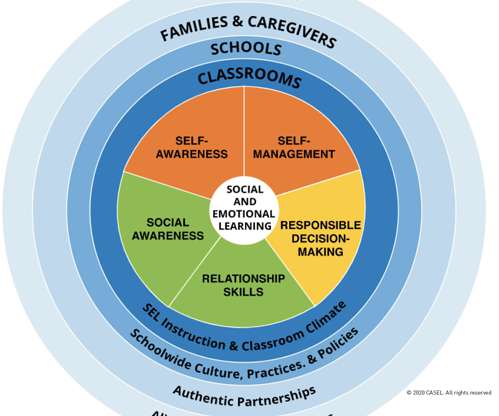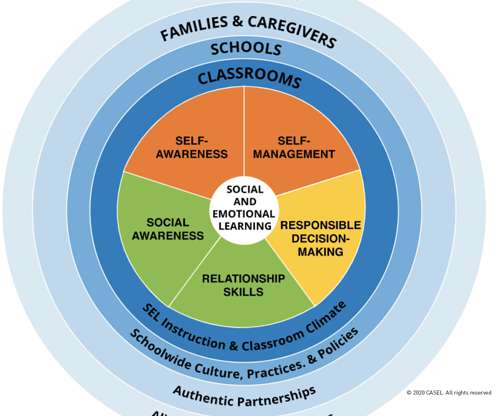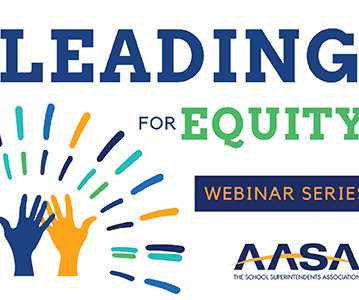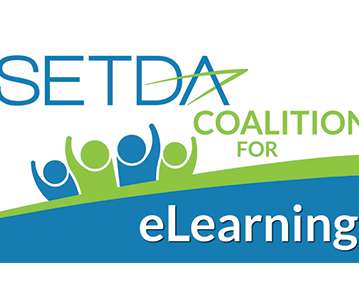COVID-19 Has Widened the Skills Gap. But It Also Presents an Opportunity to Close It.
Edsurge
FEBRUARY 1, 2021
In 2008, it was global experience. And it appears that investing in last-mile training has a secondary benefit: higher retention. The University of San Francisco, for example, has partnered with Salesforce to build student literacy in cloud computing while giving Salesforce employees access to receive continued education.














































Let's personalize your content